Over the last few years — whether it’s online, through in-person conversations or thinkpieces — there seems to be a focused trend on breaking generational curses. The concept encourages the unlearning of things people have been taught that could be detrimental to themselves or society. On the other end of the spectrum is a concept not often as lauded, but equally as important: carrying a legacy.
The work of Sacramento artist, musician and curator Unity Lewis carries on the groundbreaking work of his grandmother Dr. Samella Lewis, known by some in the art world as “the godmother of black art.” Through her seminal works such as the two-volume “Black Artists on Art,” Dr. Lewis, alongside collaborator Ruth Waddy, built a decades-long legacy of prioritizing the Black experience. She was known for broadening representation in fine art circles that have historically been gatekept behind the white gaze.
Unity Lewis organized the The Black Artists on Art exhibition
series at Crocker Art Museum.
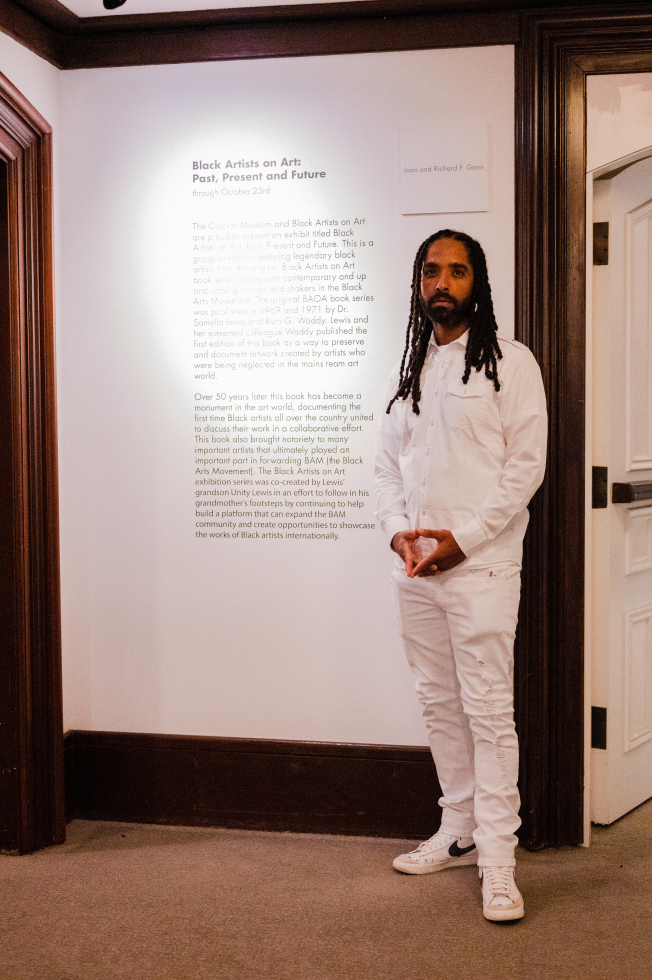
While the vision of BAOA continues, Unity is also stepping into a new role. He was recently named the West Coast emcee for internationally acclaimed orchestra Ensemble Mik Nawooj, which melds classical music and hip-hop samples together to create a new form of metamusic, wherein samples from different genres are layered to create a new sound. The group’s next scheduled performance will take place in March in Charleston, Illinois.
Though the legacy is a heavy one, he carries it to forge new paths, through both the works he hand selects for exhibits as well as the work he creates himself. Unity spends his time seamlessly floating between music, art and curation in a way that makes many jealous of his time management skills. His music functions much in the same manner as his role in the art world — it bridges the generational gap.
Following that theme, his last album was a modern marriage of classic funk stylings — featuring greats like George Clinton and Sly Stone from the Sly and the Family Stone — and hip-hop. The artist attempts to dig below the surface of the two seemingly separate art forms and find the common ground.
With a name like Unity, this coalescence is on brand.
The evolution of Unity’s work has led him to peel back the layers in order to show that there are far more similarities than differences between the generations, if we are willing to dig deep enough. By exposing the things that bind people together versus what tears them apart, whatever medium Unity chooses to work through will act as a vessel that carries his family’s legacy forward. As one chapter closes and the next one begins, the excitement in Unity’s voice is almost palpable as we discuss the future.
Do you feel like hip-hop has made an impact on your work, or who you are as an artist?
I feel like I am hip-hop, and being born with the name Unity, I feel like I was tasked to embody one of the four founding principles. My journey through hip-hop has proven this to be true. I’ve gotten to act as a connector of different people, ideas and opportunities for people in the hip-hop culture. I’ve also been a generational bridge between the elders who unknowingly gave birth to hip-hop, and between the youth that will take this into the future and create something new. Hip-hop is a part of my DNA, and that will never change. It will only evolve. I feel like hip-hop has had that effect on everything it has touched since its conception.
I know for different generations, hip-hop can be viewed and analyzed differently, so I’m curious what your grandmother’s view on it was?
The Black Artists on Art exhibition series celebrated legendary
and contemporary Black artists and the legacy of the “Black
Artists on Art” book series.
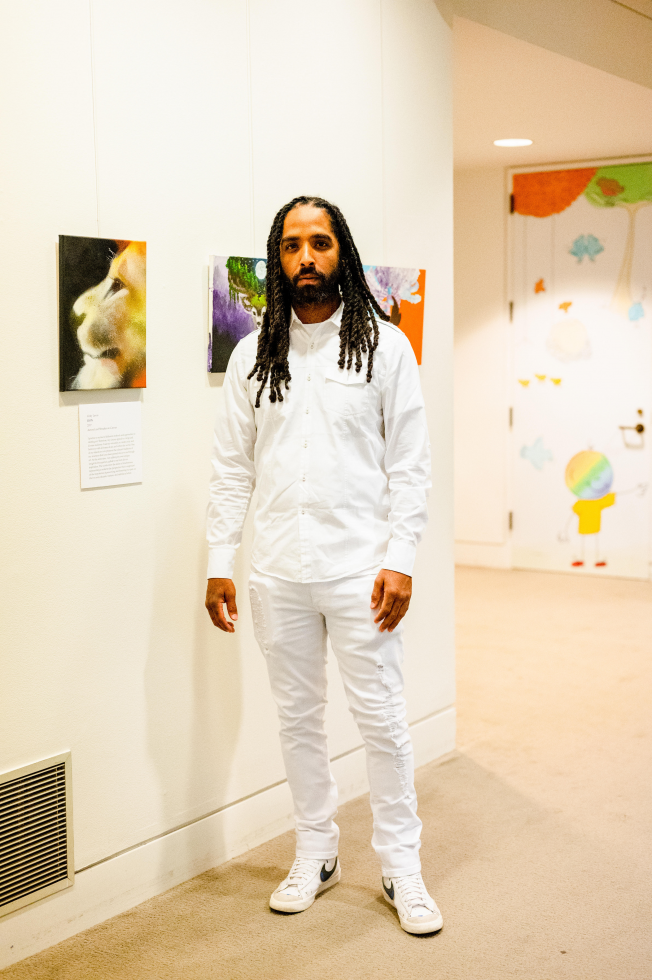
I know there are so many things you want to work on, but what’s coming up next for you?
“Black Artists on Art” is going to be hitting the road on what we hope will be a nationwide tour. One where we can work within the communities to be able to include work from Black artists who are local to the cities we travel to, to actually be able to learn from them as well as spread knowledge.
What does it feel like to have a legacy to carry?
The work that my grandmother started, and the work that I’ve gotten to carry on to the next chapter, is so important to me. Being able to introduce new generations to the works of Black artists, that deserve far more shine than they get, is critical. The Black experience is an integral part of American history. It’s more than a legacy, it’s also an honor.
Edited for length and clarity.
–
Stay up to date on art and culture in the Capital Region: Follow @comstocksmag on Instagram!
Recommended For You
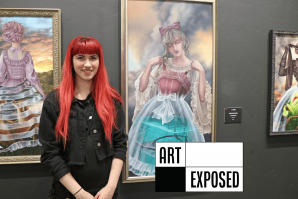
Art Exposed: Diana Ormanzhi
A Sacramento artist reinterprets surrealism through a feminist lens
At Twisted Track Gallery in Sacramento, which recently emerged as
a keystone of the thriving R Street art scene, one wall is
devoted to a triptych of the feminine divine.

Art Exposed: Alina Tyulyu
A lifestyle photographer becomes a war documentarian when she returns to Ukraine as a volunteer
The Sacramento-based photographer is traveling around her
native country of Ukraine to aid refugees during the
Russia-Ukraine war, documenting their experiences along the
way.
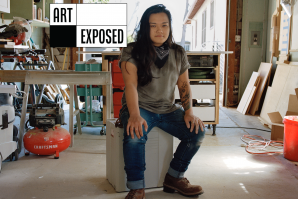
Art Exposed: Nancy Sayavong
The Roseville-based sculptor uses woodworking techniques for both art and remodeling
As a woodworker and metal fabricator, Nancy Sayavong uses her
training both for art and remodeling jobs. Her work is
interested in the contrast between the romantic ideal of the
home and its lived reality.
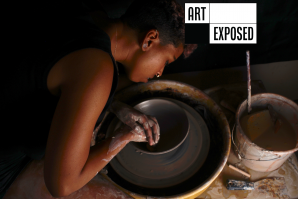
Art Exposed: Tasha Reneé
The local potter on the hazards of ceramics and making peace with impermanence
Tasha Reneé sells ceramics independently and through plant shops
and home decor businesses and is currently pivoting to teach
others through private lessons, workshops and classes.
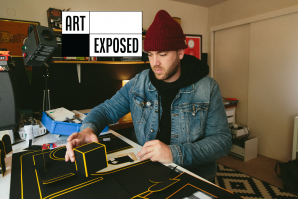
Art Exposed: Jonathan Joiner
How a filmmaker and creative director mines the past for inspiration to create fantastical objects, stop-motion video and playful GIFs
Jonathan Joiner finds inspiration in retro-futuristic gadgets,
movies and “practical things.”
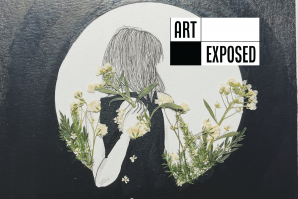
Art Exposed: Sarah Marie Hawkins
Multimedia artist Sarah Marie Hawkins uses a variety of methods
to tell not just her story, but the stories of many women.
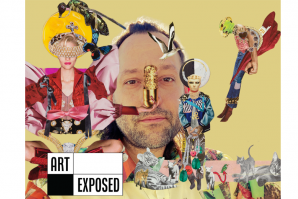
Art Exposed: Donco Tolomanoski
Collage artist helps upcycle monthly art events into new vision
As lead organizer of WAL’s First Friday events, the collage
artist is focusing less on the “party” aspect and more
on the artists and their work.



